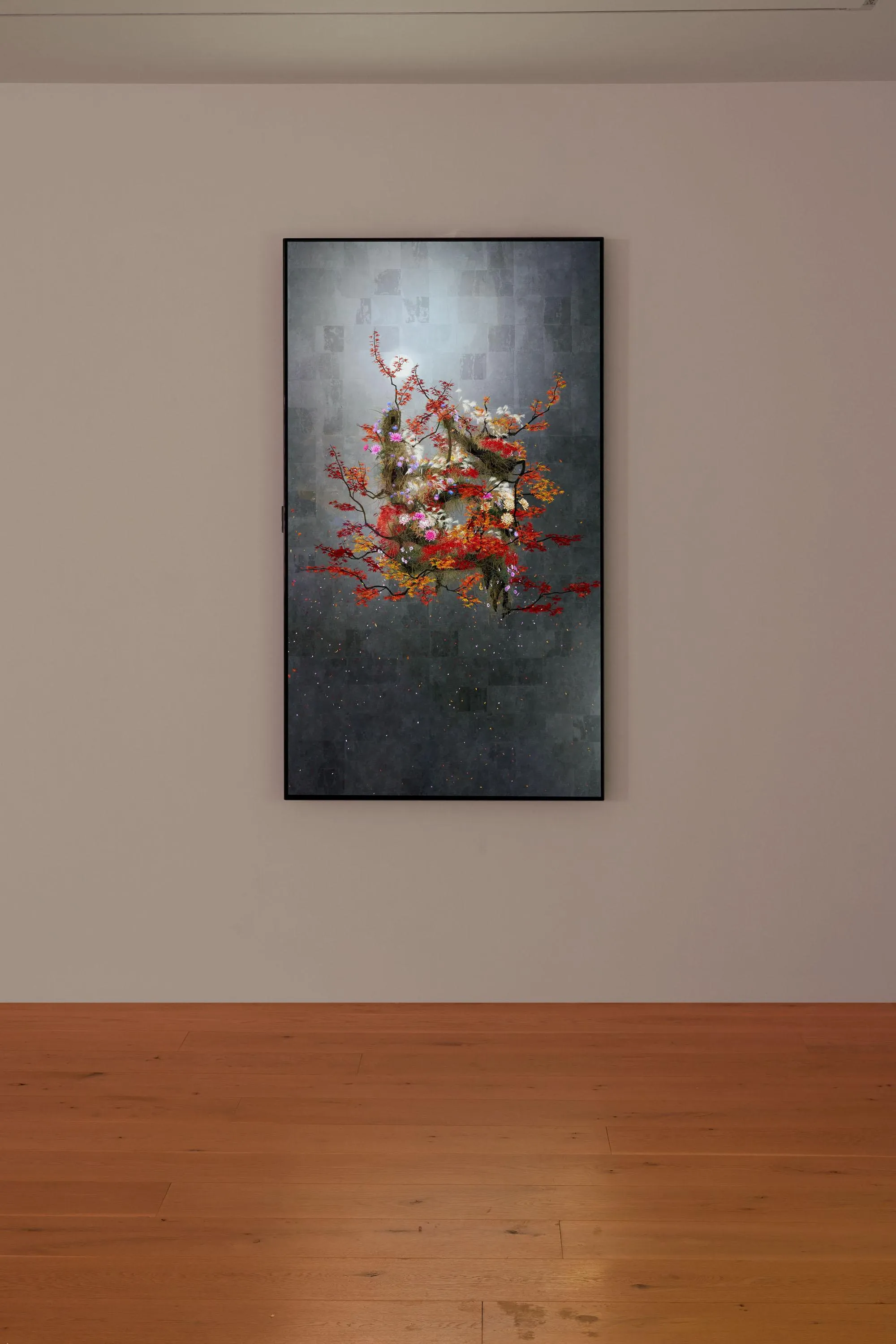teamLab: Life Survives by the Power of Life | teamLab

teamLab: Life Survives by the Power of Life
PAST EXHIBITION
Sep 30 - Oct 31, 2021Pace Gallery, East Hampton, New York

teamLab: Life Survives by the Power of Life
PAST EXHIBITION
Sep 30 - Oct 31, 2021Pace Gallery, East Hampton, New York
Artworks
About teamLab
teamLab (f. 2001) is an international art collective. Their collaborative practice seeks to navigate the confluence of art, science, technology, and the natural world. Through art, the interdisciplinary group of specialists, including artists, programmers, engineers, CG animators, mathematicians, and architects, aims to explore the relationship between the self and the world, and new forms of perception.
In order to understand the world around them, people separate it into independent entities with perceived boundaries between them. teamLab seeks to transcend these boundaries in our perceptions of the world, of the relationship between the self and the world, and of the continuity of time. Everything exists in a long, fragile yet miraculous, borderless continuity.
teamLab’s works are in the permanent collection of the National Gallery of Victoria, Melbourne; Art Gallery of New South Wales, Sydney; Art Gallery of South Australia, Adelaide; National Gallery of Australia, Canberra; Amos Rex, Helsinki; Museum of Contemporary Art, Los Angeles; Asian Art Museum, San Francisco; Borusan Contemporary Art Collection, Istanbul; and Asia Society Museum, New York, among others.
teamlab.art
Biographical Documents
teamLab is represented by Pace Gallery, Martin Browne Contemporary and Ikkan Art.
Venue Details
teamLab: Life Survives by the Power of Life
Term
Sep 30 - Oct 31, 2021
Hours
Tuesday - Saturday 11:00 - 18:00
Sunday 12:00 - 17:00
Sunday 12:00 - 17:00
Closed
Mondays
Website
Access
Address
Pace Gallery East Hampton
68 Park Pl Passage
East Hampton, NY
68 Park Pl Passage
East Hampton, NY
Contact Us
TEL
(+1) 212 421 3292
East Hampton Safety Measures
We look forward to welcoming you at our East Hampton gallery space. Be assured that the health and safety of our visitors remains our primary concern. In keeping with guidelines outlined by the CDC and local authorities, we will adhere to the following protocols for staff and visitors of our East Hampton gallery:
* Visitors to the gallery will be restricted to 10 at a time.
* Visitors and staff will be required to wear masks.
* Hand sanitizer will be available at the gallery desk and visitors to the space will be encouraged to use it upon entering.
* The gallery will undergo thorough cleaning on a daily basis, and employees will be required to complete and pass a Health Screening Questionnaire.
* These protocols will be revisited and revised as the COVID-19 situation evolves and local government guidelines are updated.
* Visitors to the gallery will be restricted to 10 at a time.
* Visitors and staff will be required to wear masks.
* Hand sanitizer will be available at the gallery desk and visitors to the space will be encouraged to use it upon entering.
* The gallery will undergo thorough cleaning on a daily basis, and employees will be required to complete and pass a Health Screening Questionnaire.
* These protocols will be revisited and revised as the COVID-19 situation evolves and local government guidelines are updated.
















